These beloved American national parks are in danger. Here's why.
Parks in peril
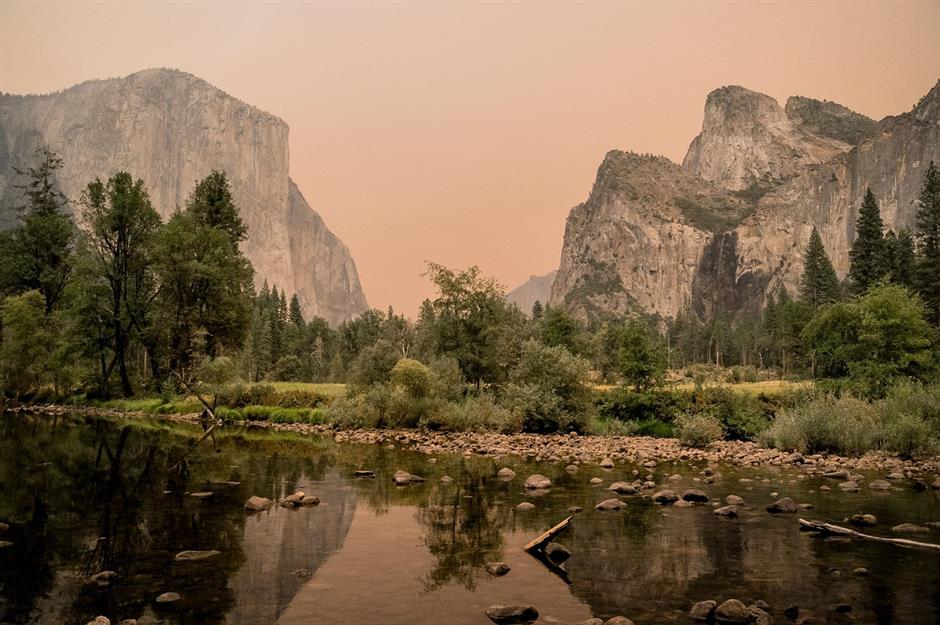
There are 423 national parks spread across the United States, and their forests, mountains, lakes, trails and valleys draw millions of visitors each year. But climate change is putting some of these protected regions at risk, causing wildfires, droughts and floods that ravage some of the country's most beautiful locations. These are the most endangered American national parks...
Joshua Tree National Park, California
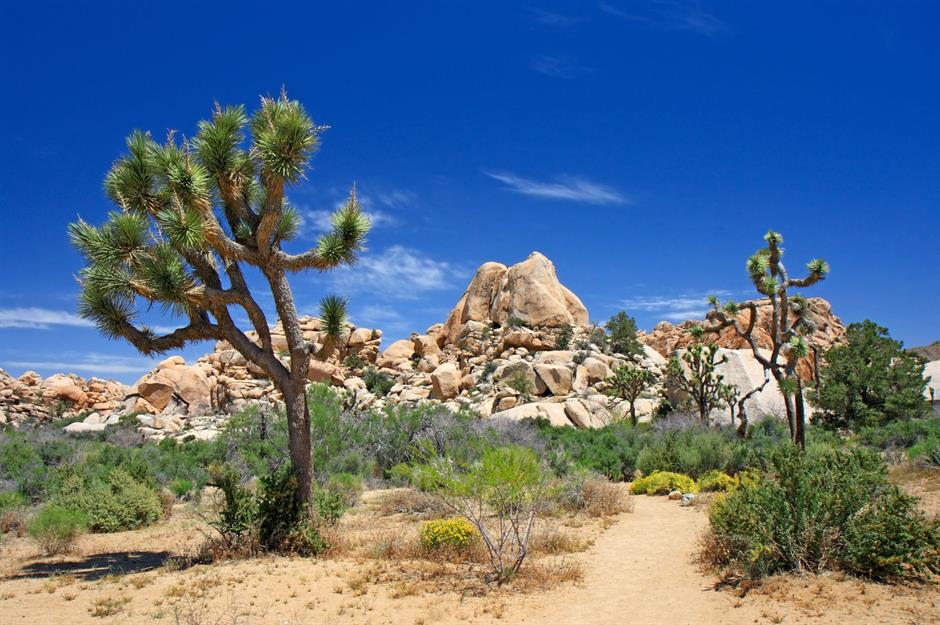
Home to 800 species of plant and various animals, Joshua Tree National Park is an important ecosystem in southern California that is increasingly at risk from climate change. With temperatures rising and wildfires becoming ever more frequent, the most vulnerable fauna includes yucca night lizards, bighorn sheep and the desert tortoise. As for flora, the park's eponymous Joshua trees might be threatened the most.
Joshua Tree National Park, California
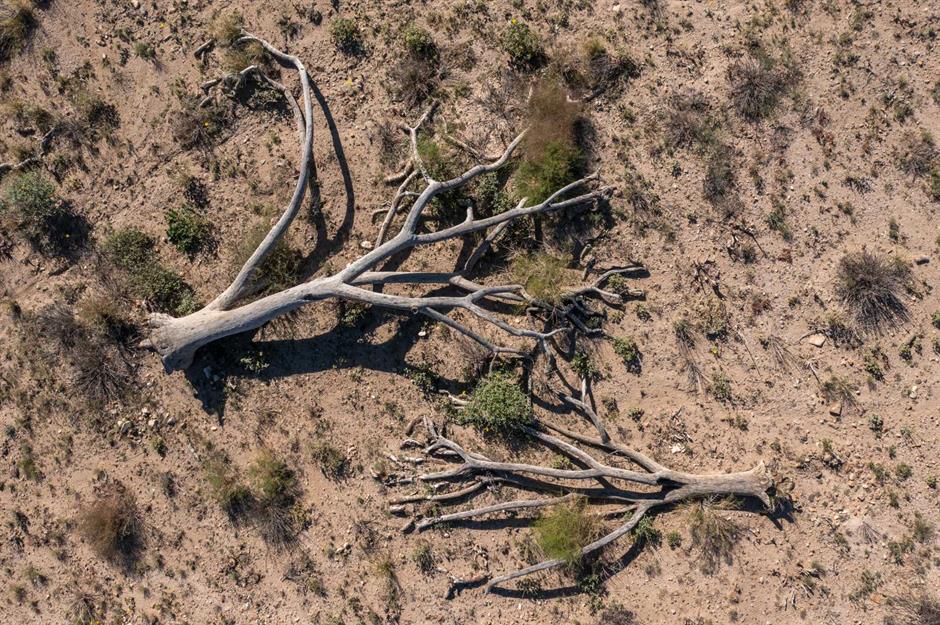
Heat and wildfires aren’t the only challenges facing the embattled national park: it also experiences some of the worst air pollution in the country. The pollution is particularly damaging for native plants like manzanitas and pinion pines, which also function as food and shelter for local wildlife. The national park consistently exceeds the 120 ppb ozone concentration levels set by the Environmental Protection Agency for human health.
Everglades National Park, Florida
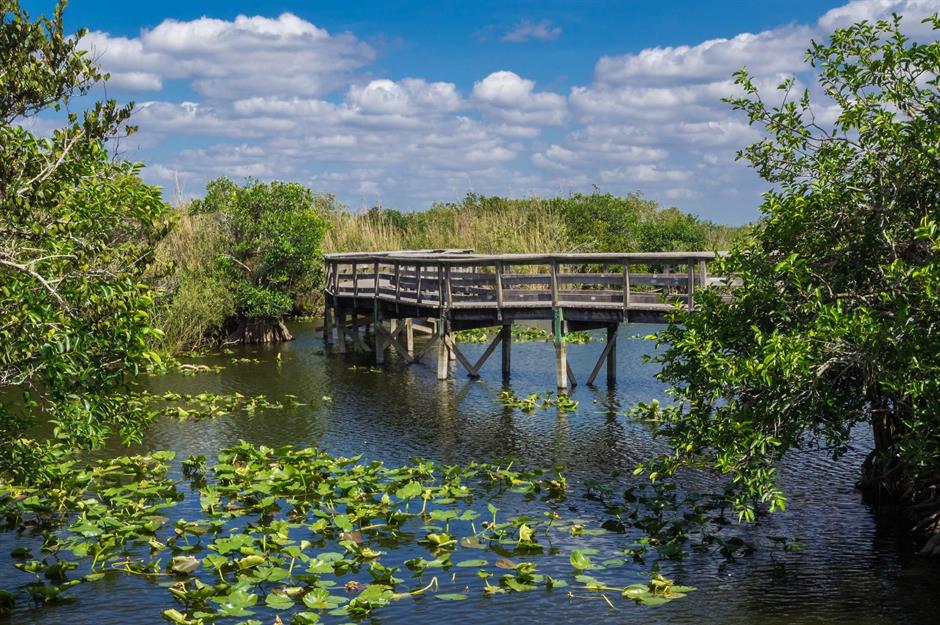
Located on the southern tip of Florida, the Everglades National Park is the largest wetland in the country but it's also incredibly flat, making it vulnerable to rising sea levels. Climate change is slowly destroying the subtropical wilderness, which more than 2,000 plant and animal species call home. If salty sea water enters the freshwater wetlands, the effects could be disastrous, and nine million Floridian citizens could be left without access to water.
Everglades National Park, Florida
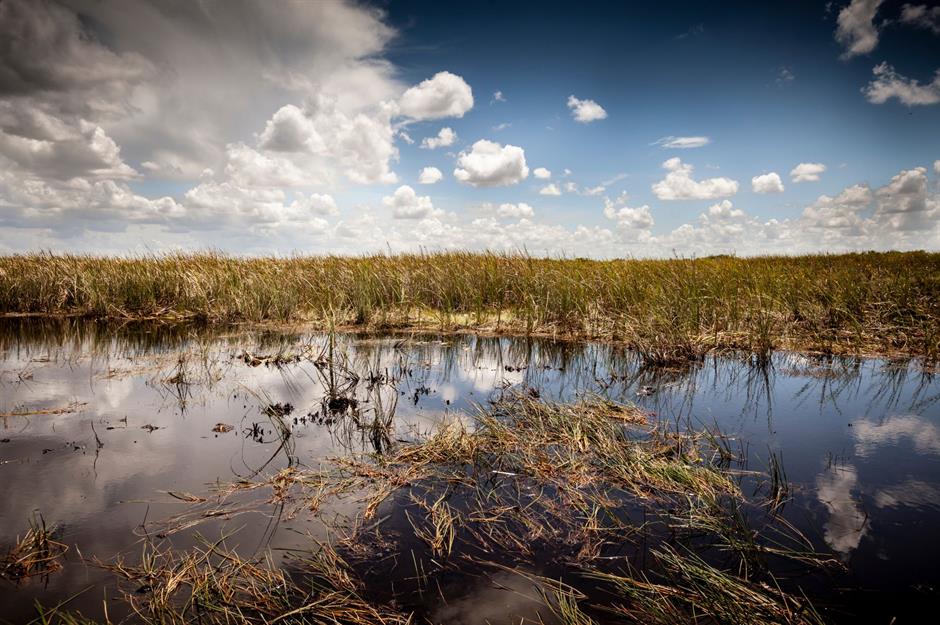
Putting aside the water levels, the park has also experienced intense droughts and reduced rainfall in recent years, affecting the Everglades’ natural flow of rainwater which trickles down from the north along the slightly sloping terrain. As a result, the 1.5-million-acre wetlands are somewhat less wet than they once were.
Want to know more? Follow our Facebook page for more stories on climate emergency
Saguaro National Park, Arizona
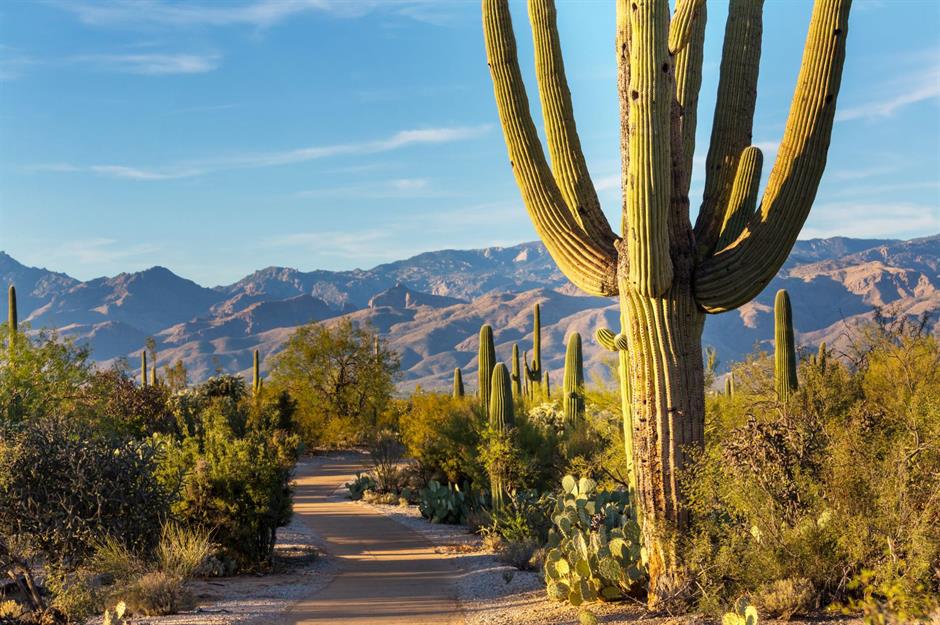
Known for and named after the saguaro cactus, the largest cactus in the US, Saguaro National Park is at risk of losing its most famous inhabitant. Heatwaves, wildfires and droughts are becoming more common in the region and thousands of saguaros have already been killed, with experts predicting more to follow. A yearly monsoon usually hydrates the cactuses, but an unusually dry rainy season in 2020 caused great damage to the already fragile population.
Saguaro National Park, Arizona
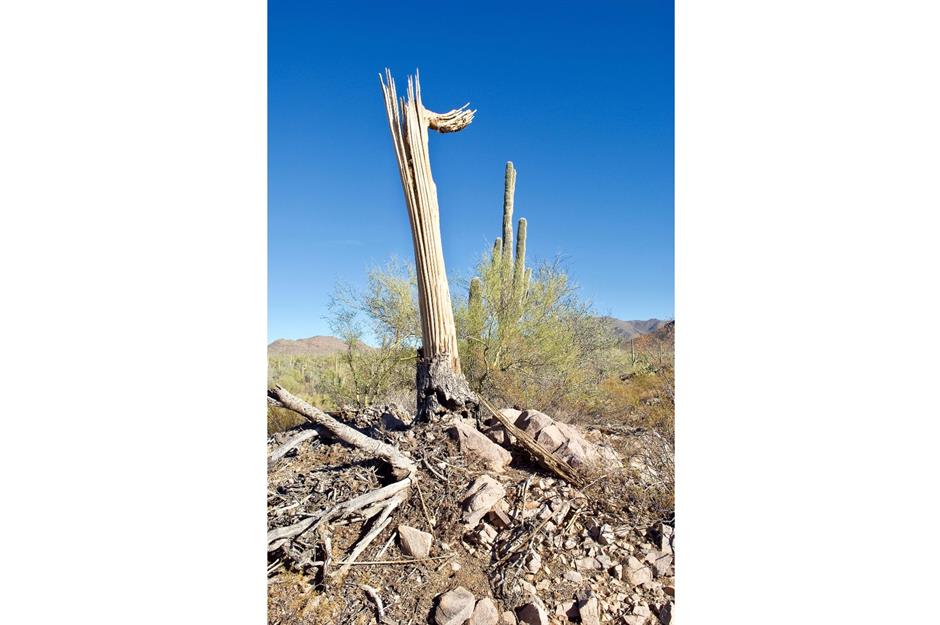
It's not only the saguaros that are at risk. The warming climate has promoted the spread of buffelgrass, an invasive species of weed that can almost completely cover arid areas of ground, choking the spaces in which wildflowers would normally bloom. The grass also provides thick, continuous fuel for wildfires, endangering not only cactuses but all other flora that stands in their way.
Gates of the Arctic National Park and Preserve, Alaska
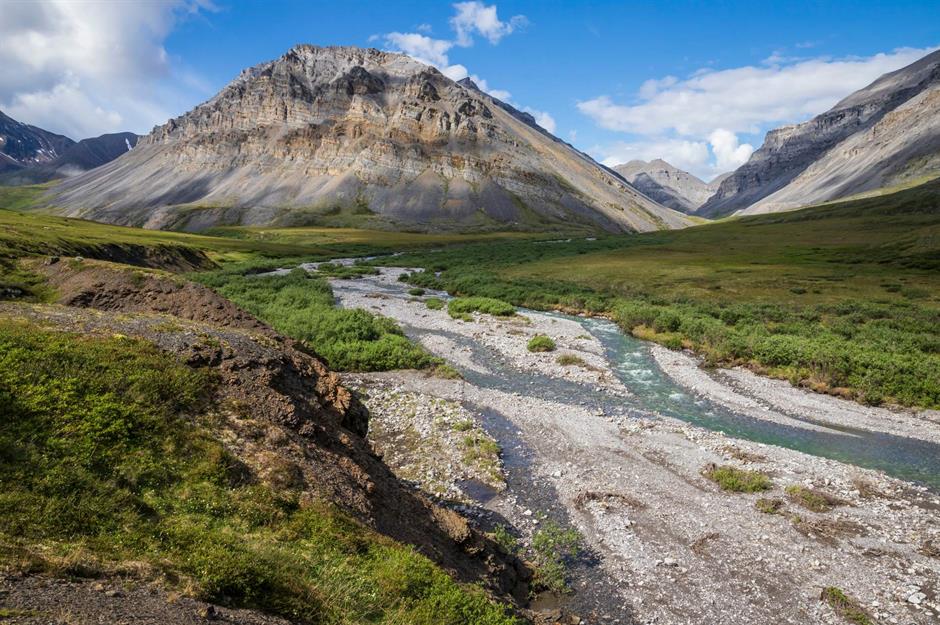
Climate change has caused Alaskan summers to lengthen, delaying the colder temperatures that arrive through September and October. In the Gates of the Arctic National Park and Reserve, these conditions have triggered the thawing of permafrost – the frozen ground that covers between 15 and 25% of all land in the Northern Hemisphere. As it decomposes, the frost emits greenhouse gases like carbon dioxide and methane, which contribute to the global warming that is melting the park's beautiful glaciers.
Gates of the Arctic National Park and Preserve, Alaska
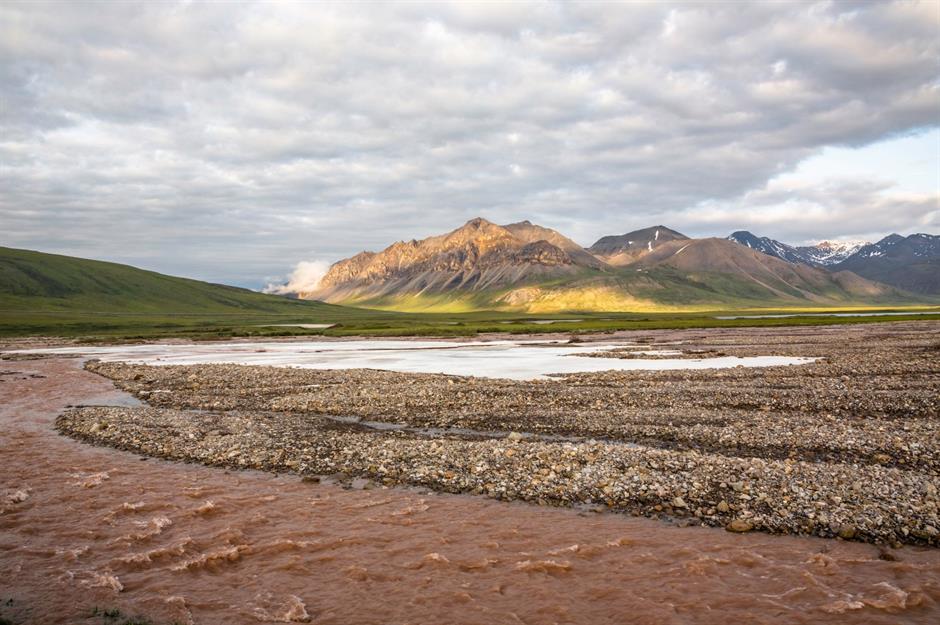
Besides the glaciers, climate change has also melted the national park's natural snowfields. According to one study, 34 square miles (88sq km) of year-round snow covered the Gates of the Arctic in 1985, but by 2017 only four square miles (10sq km) remained. The park's rivers and streams are also affected as the thawing permafrost cools the running water, hindering salmon reproduction.
Indiana Dunes National Park, Indiana
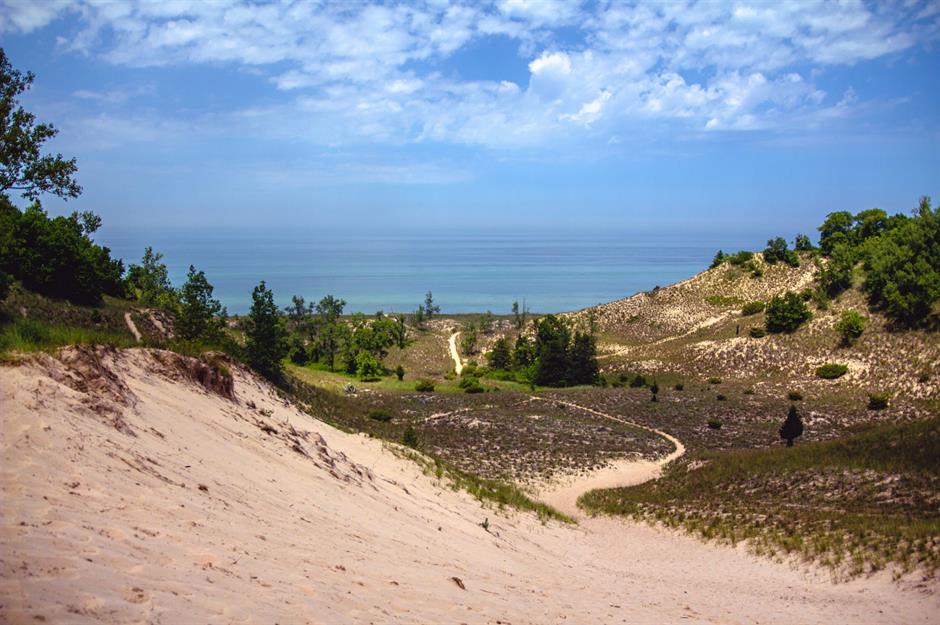
Only made a national park in 2019, the newfound status of this sandy ecosystem on the shores of Lake Michigan has seen a surge in tourism to the area, but climate change could soon be putting future visits at risk. The Indiana Dunes National Park is among America's most biodiverse with 1,100 species of native plant, but many of them are now endangered by rising temperatures and lack of rainfall.
Indiana Dunes National Lakeshore, Indiana
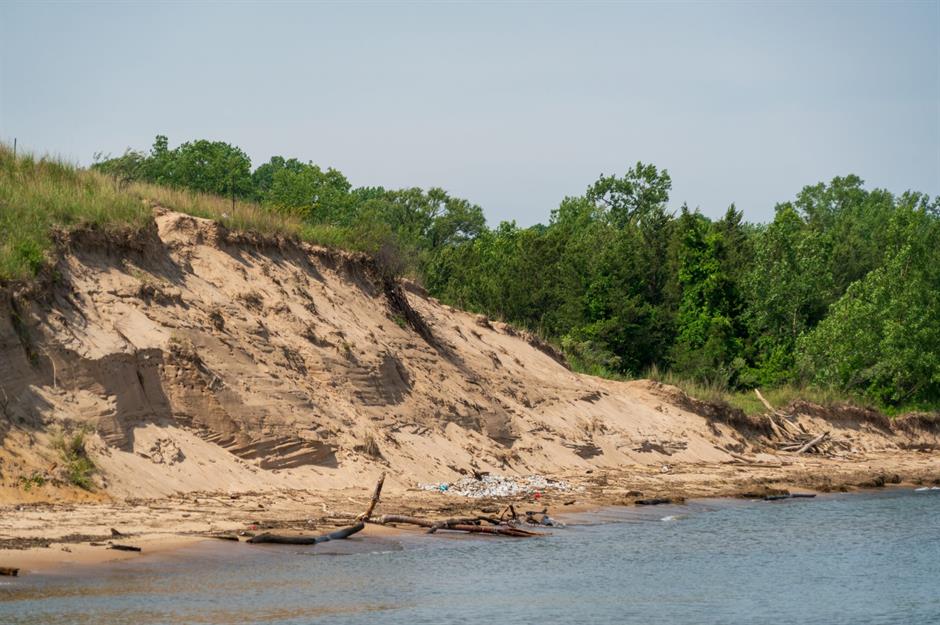
Like several other areas surrounding Lake Michigan, the park has been heavily affected by shoreline erosion, forcing authorities to temporarily close three of its nine beachfronts. The recurrent erosions are caused by rising water levels, and human activity and an increase in storms due to climate change have seen Lake Michigan’s average level increase by more than five feet (1.5m) since 2014, washing away large chunks of beach and dune.
Glacier National Park, Montana
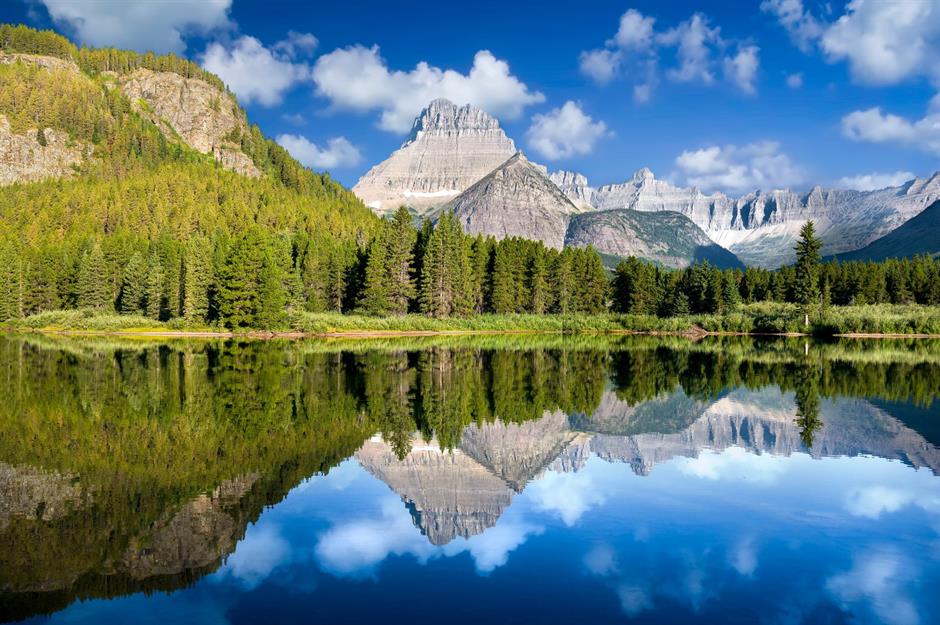
This national park in Montana earns its name thanks to the 35 magnificent glaciers found here, but by the end of this century there probably won’t be any ice fields left. An estimated 83 glaciers covered the region in 1850, the majority of which have since vanished, and scientific models are already showing that saving the rest will be extremely challenging.
Glacier National Park, Montana
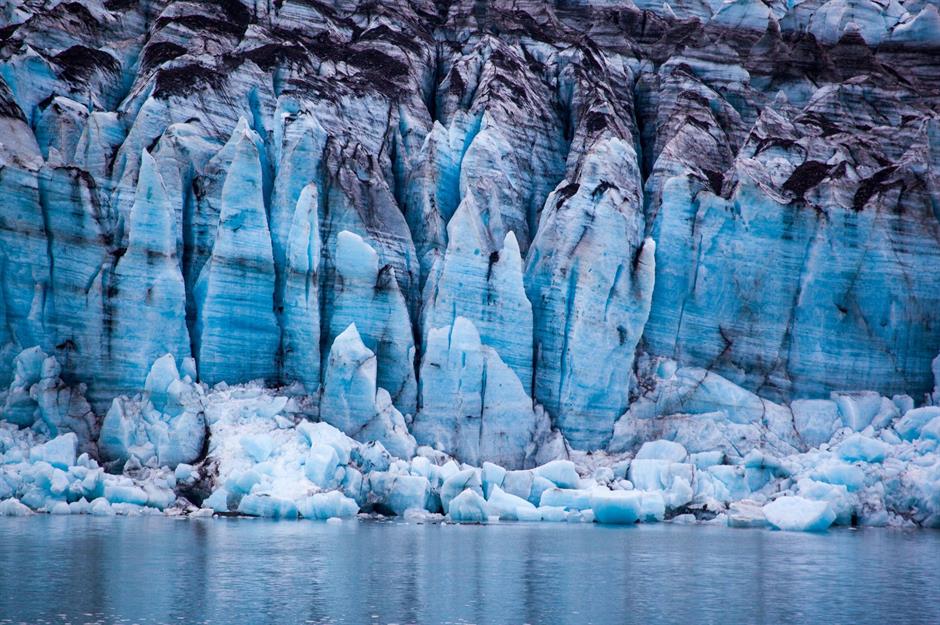
In the summer of 2021 Montana experienced record high temperatures – not for the first time in recent years – and the chronic melt-off is continuing to destroy the national park's iconic attractions at a steady pace. Tourists may soon have to content themselves with the park’s 150-plus named mountain peaks, and the plunging valleys between them.
Great Smoky Mountains National Park, North Carolina and Tennessee
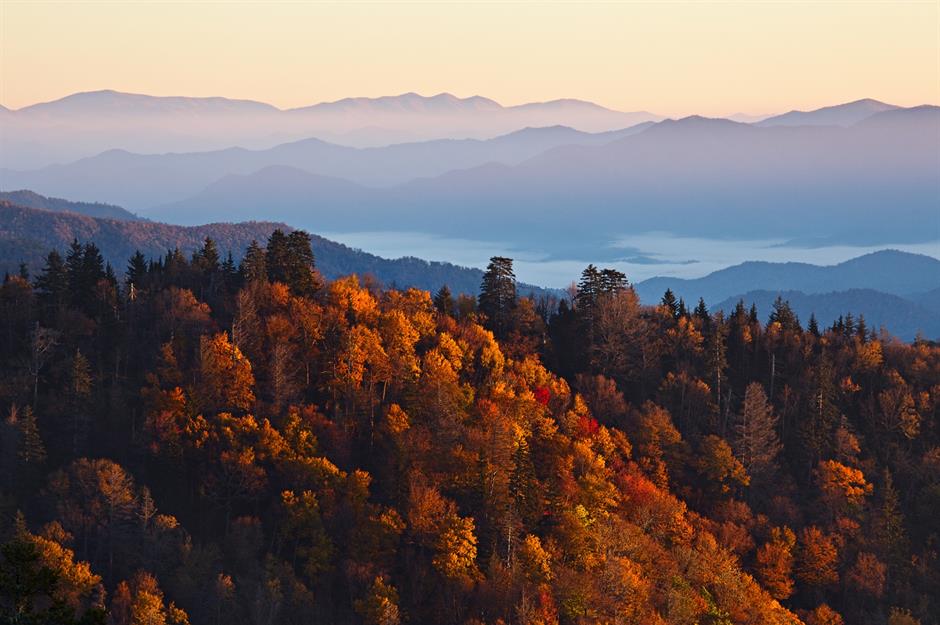
Climate change has affected the Great Smoky Mountains National Park from top to bottom, including the soil below and the hillside woodland and wildlife above. The park isn't getting the year-round rainfall it needs to thrive due to month-long droughts, such as the one between August and October in 2019. Wildfires also look set to increase, as droughts can quickly turn forests into tinderboxes.
Great Smoky Mountains National Park, North Carolina and Tennessee
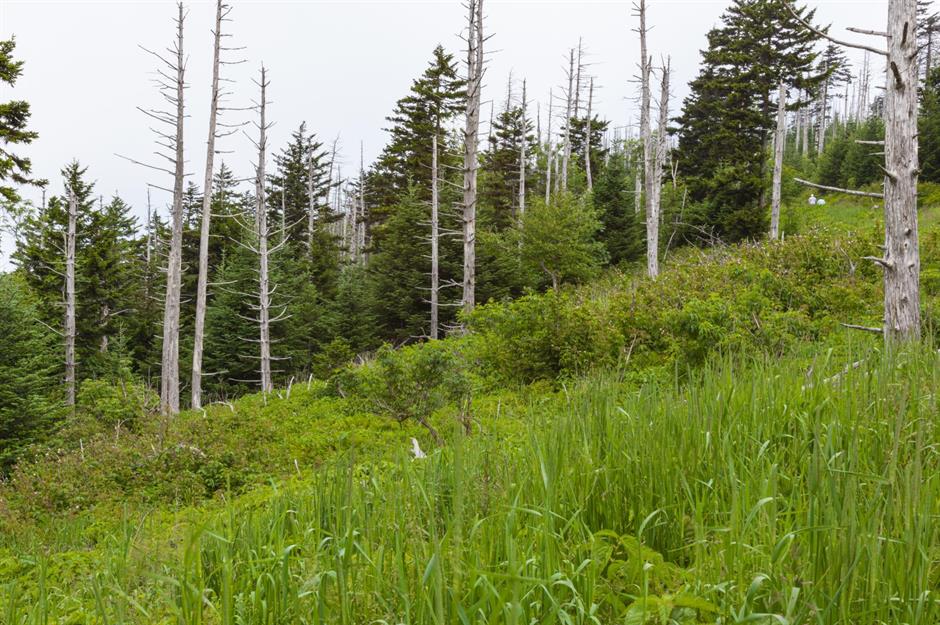
The droughts cause other issues too. When animals move to higher elevations in search of colder, wetter conditions, invasive species can often fill the vacuum left behind, while lack of moisture can harm vegetation that is an essential food source for wildlife. The park’s streams are also steadily drying out, which could spell serious trouble for fish species such as the brook trout or bass.
Rocky Mountain National Park, Colorado
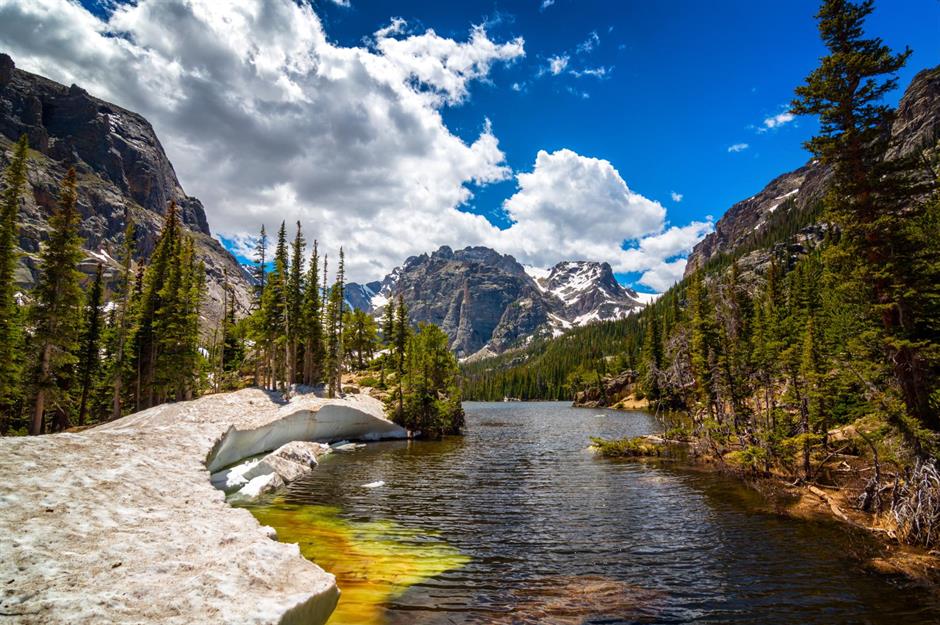
As in many other parks, global warming has been melting Rocky Mountain National Park’s snow a few weeks earlier than normal in past years, which has had a significant impact on its plants and wildlife. According to researchers, the American pika, surely the park's cutest resident, could be completely gone from the park by 2100 due to steady habitat loss – though the same research confirmed that the adorable critter is expected to survive elsewhere.
Rocky Mountain National Park, Colorado
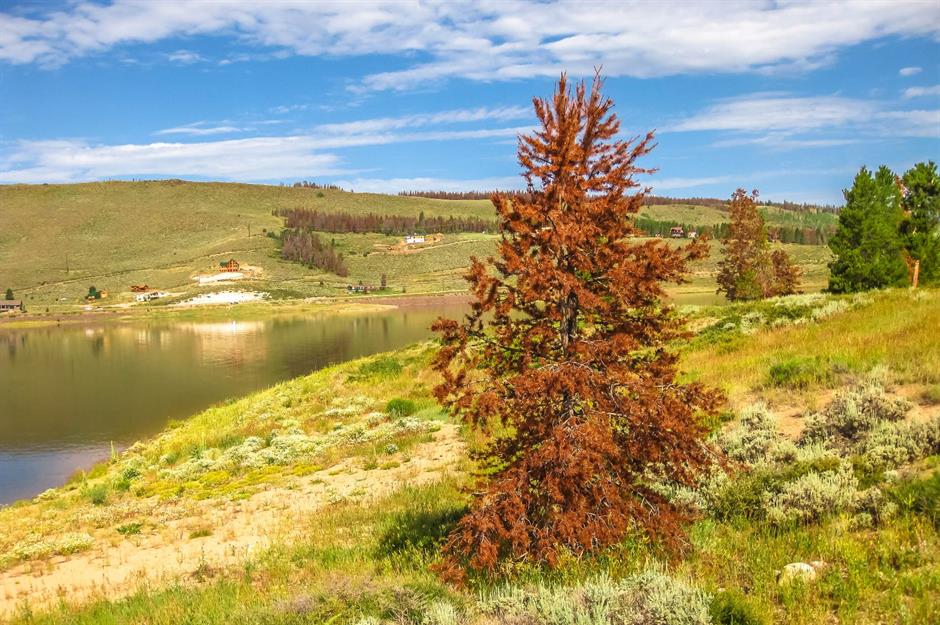
Besides the rising temperatures, Rocky Mountain National Park is also troubled by an outbreak of mountain pine beetles, a tree-killing species of bug that is present in more than 90% of the park's area. The warmer climate allows the insects to survive the winter in greater numbers, and therefore ravage more trees. Wildfires also plague the region, and in November 2021 fires scorched 147 acres of the park for four days before being contained.
Grand Teton National Park, Wyoming
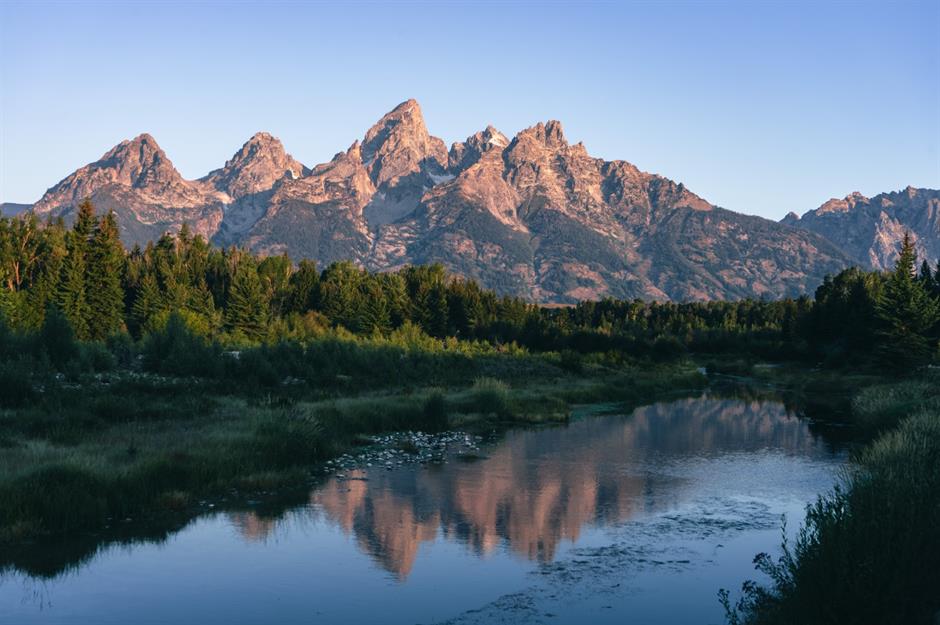
Drier summers and rising temperatures have also been affecting Grand Teton National Park, where more frequent and larger wildfires are quickly becoming the new normal. Even when the wildfires don’t start in the park itself, smoke from surrounding fire can cause toxic air quality.
Grand Teton National Park, Wyoming
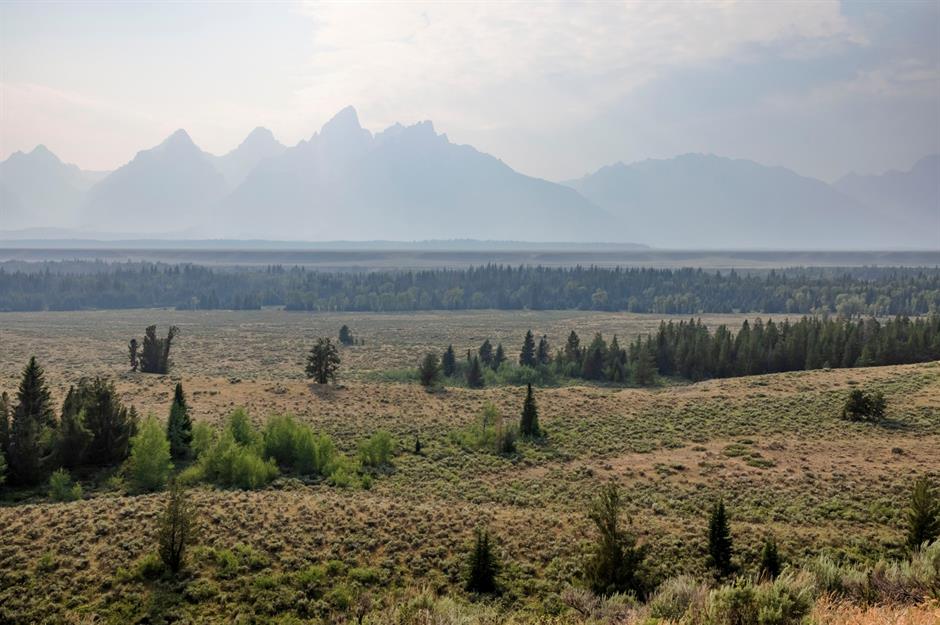
Grand Teton is also struggling a little with its wildlife. As in Rocky Mountain National Park, the mountain pine beetle has been chewing through Grand Teton's trees, which affects the supply of nuts – an essential food source for the region's grizzly bears. Researchers have said that trees seem to be dying more quickly than they used to, with the whitebark pine in especially grave peril.
Yellowstone National Park, Wyoming, Montana and Idaho
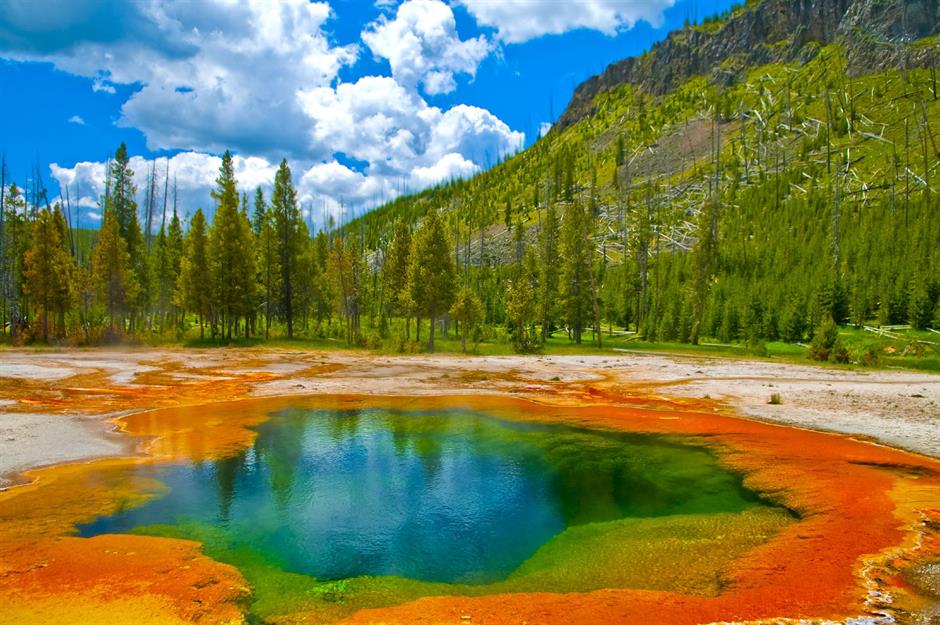
Arguably America's best-known national park, even big, beautiful Yellowstone is at risk. Recently the park has experienced longer summers, shorter winters and increasing wildfires, and some estimates suggest that, thanks to climate change, the park's temperature is likely the warmest it's been in the past 800,000 years. Since 1950 annual snowfall in the area has also declined by roughly a quarter.
These are the most beautiful and underrated national parks in the world
Yellowstone National Park, Wyoming, Montana and Idaho
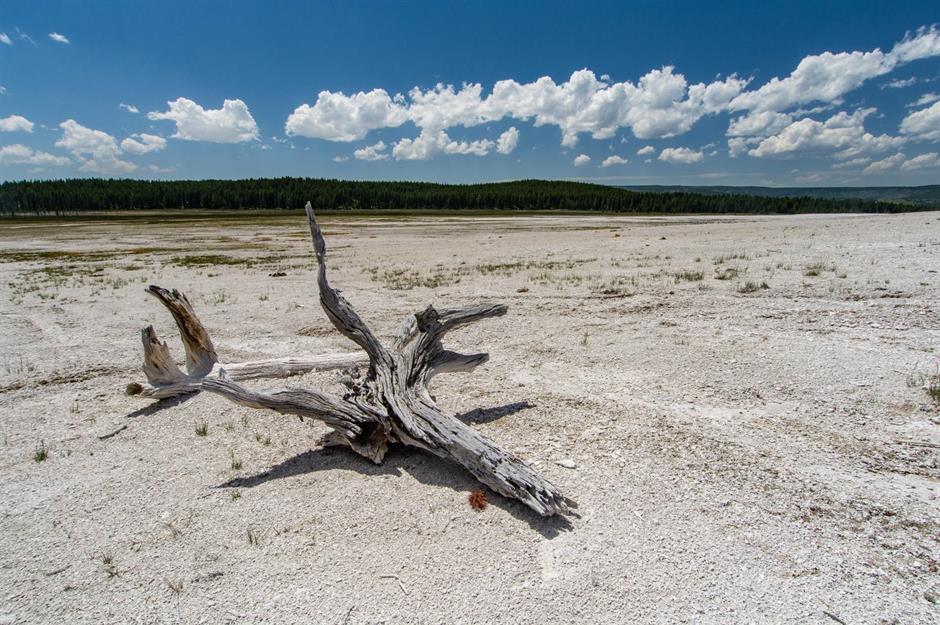
With less rain and snow, the drier soil in Yellowstone is now stressing local plants and creating the ideal conditions for wildfires. A simple strike of lightning can cause the park’s flora to catch flame with devastating consequences, and that's exactly what happened early in 2021 to cause the first wildfire of the year. The park's worst wildfire occurred in 1988, with 800,000 acres of parkland burned to the ground, and many worry that something similar might happen again soon.
Acadia National Park, Maine
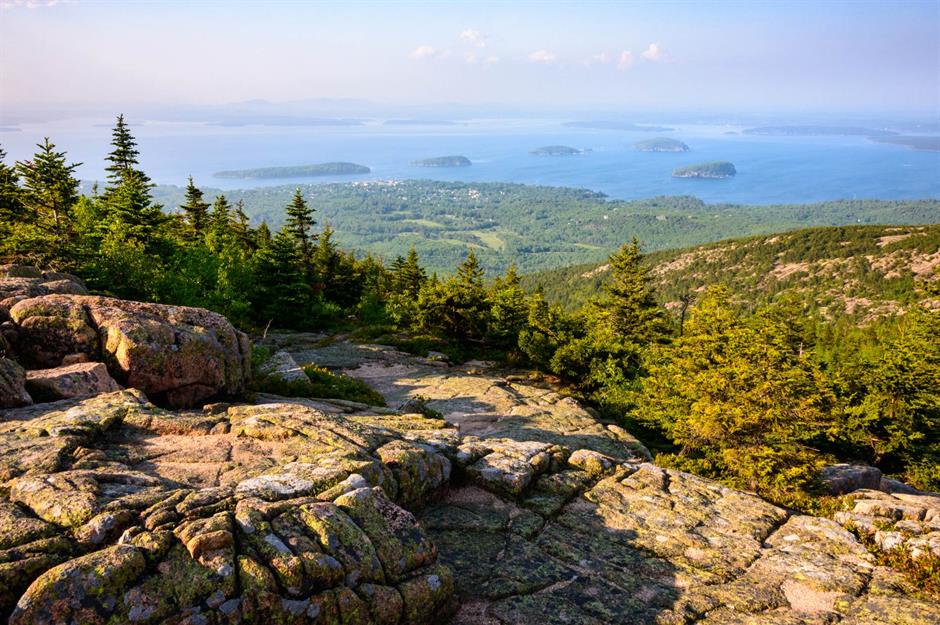
Climate models suggest that Maine's Acadia National Park could be 4.5°C (8.1°F) warmer by 2070-2099 than it was a century before, making it historically as hot as Atlantic City in New Jersey. The warming climate and drier summers have upended the park’s normally cool and moist conditions, making wildfires in the area much more prevalent.
Acadia National Park, Maine
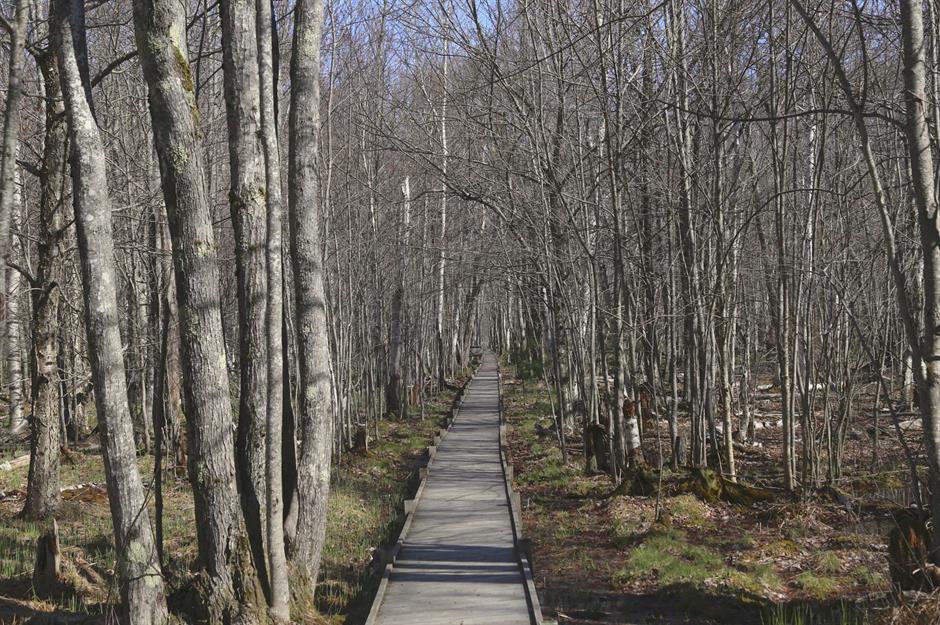
Perhaps even more worryingly, sea levels could rise up to five feet (1.5m) by the end of the century, which could in turn cause widespread flooding in the coastal park. Naturally, this could heavily disrupt local ecosystems and eliminate a host of native wildlife species like breeding warblers and fishers. Shorelines are already eroding, including heritage sites belonging to the native Wabanaki people.
Yosemite National Park, California
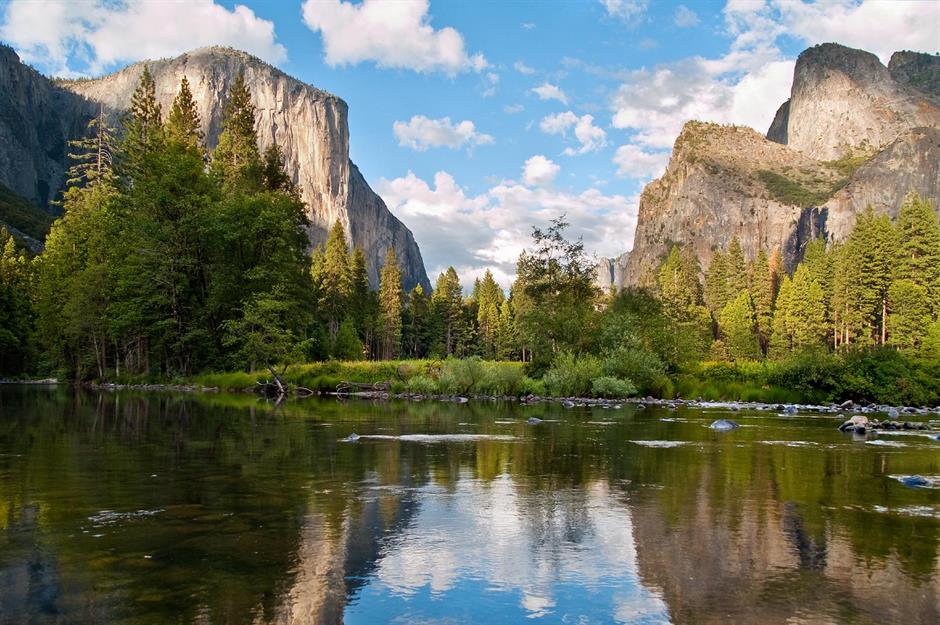
The effects of climate change have already had a marked effect on visits to Yosemite National Park in recent years, with several closures due to extreme heat, dangerous air quality or deadly wildfires. By the end of the century it’s predicted that the park's average temperature will increase by up to 5.5°C (9.9°F), meaning snowpacks will continue to shrink, trees will continue to die and waterfalls will continue to dry up.
Yosemite National Park, California
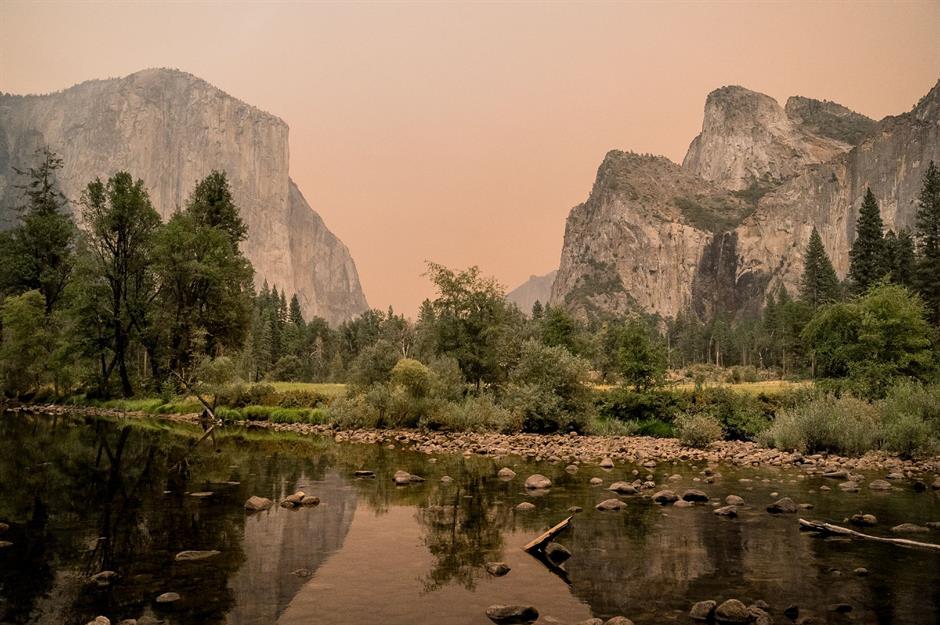
Dying trees have become a particular worry for park officials, since Yosemite's massive sequoias and cottonwoods are the main attraction for visitors. If the trees can survive the increasingly dry soil, they're still at risk from a huge uptick in wildfires. In July 2022, the park experienced a devastating fire that decimated around 4,850 acres of woodland and threatened some of the world’s largest trees, including an enormous 3,000-year-old sequoia nicknamed the Grizzly Giant.
Take a look at these US states most at risk from climate change
To
Zion National Park, Utah
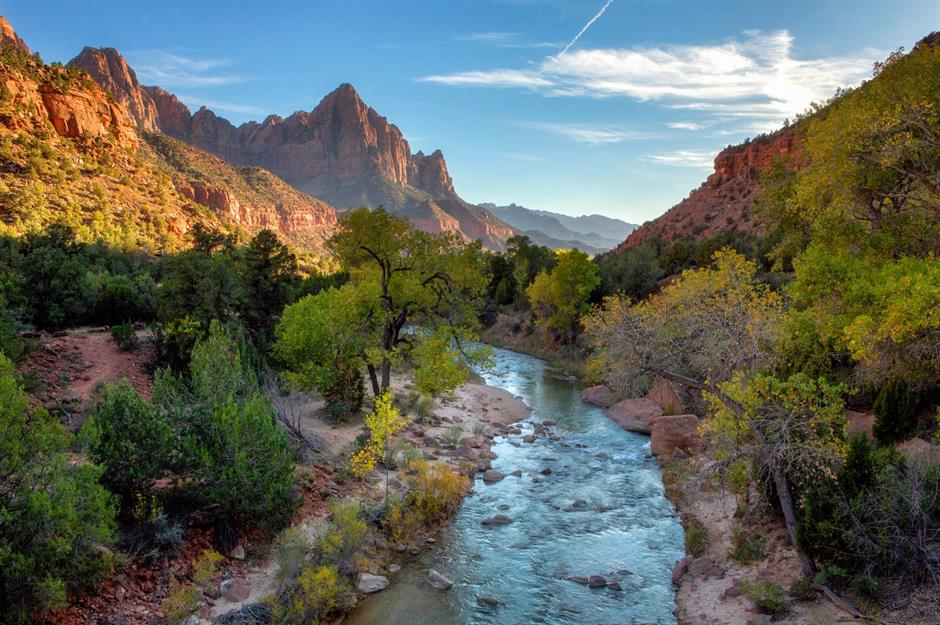
Zion National Park is experiencing a multitude of climate change-related issues, according to some reports. All the climate change classics are there: loss of snow, water, plants and wildlife; extreme downpours (when it does occasionally rain); steadily increasing temperatures and air pollution. The reduction in river flow, caused by less frequent rainfall, could permanently change how erosion shapes the Zion Canyon.
Zion National Park, Utah
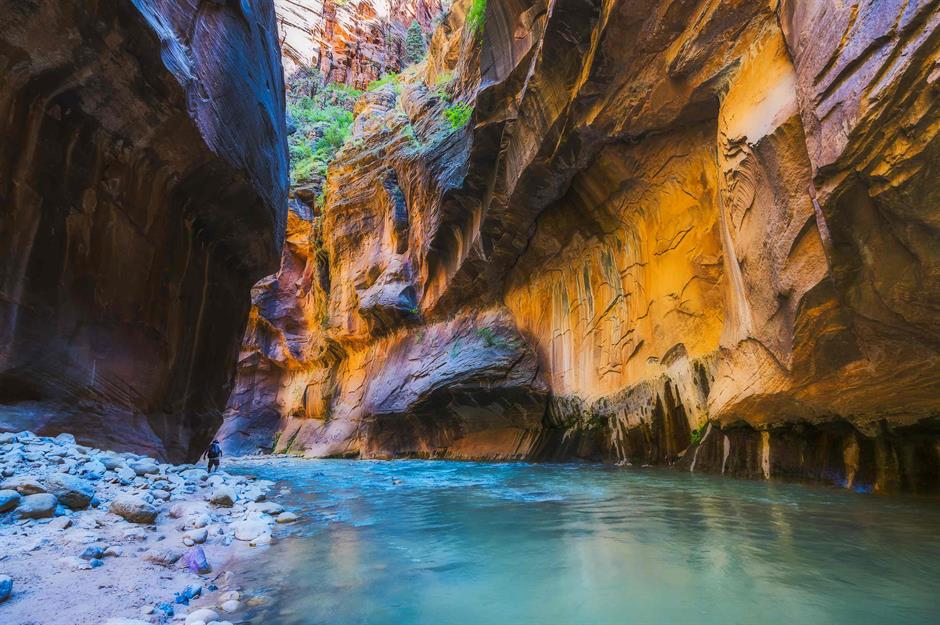
The park has also spent the last two years battling a toxic cyanobacteria outbreak in the Virgin River, and visitors are advised not to swim in or drink from any of the park's rivers or streams, even when using a filter. Cyanobacteria thrives as water heats up, and it is not hard to link the outbreak to global warming. Exposure symptoms can include skin rashes, vomiting, seizures, drowsiness, numbness and incoherent speech.
Dry Tortugas National Park, Florida
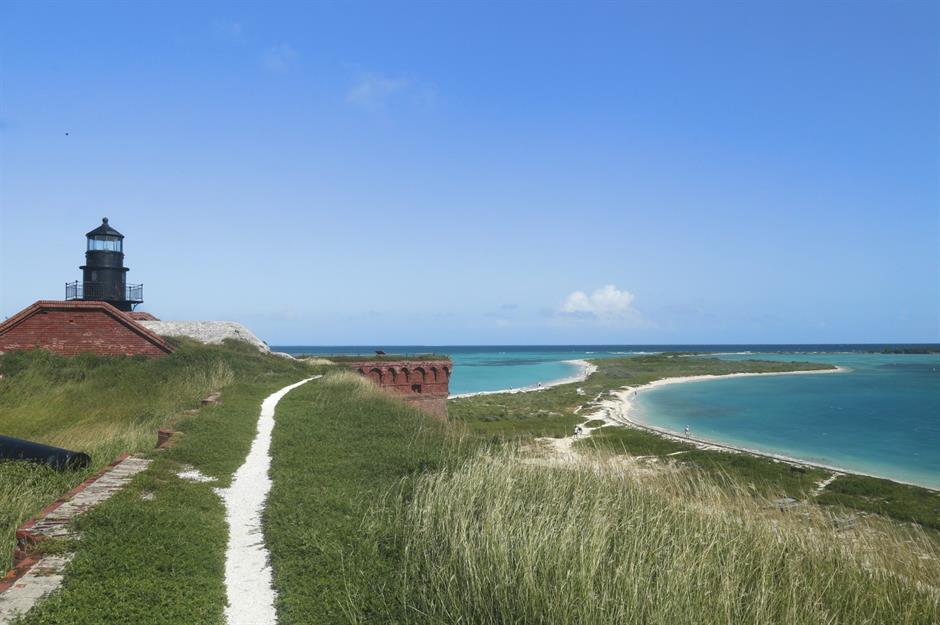
Another national park threatened by rising sea levels, Dry Tortugas National Park in Florida is a remote island chain 70 miles (113km) west of Key West, the southernmost point in the continental United States. Reachable only by boat or seaplane, the park is made up of seven islands all less than three feet (1m) above sea level, and all at risk of being submerged by the end of the 21st century. Enormous coastal citadel Fort Jefferson could be completely lost to the ocean if sea levels continue to rise.
Dry Tortugas National Park, Florida
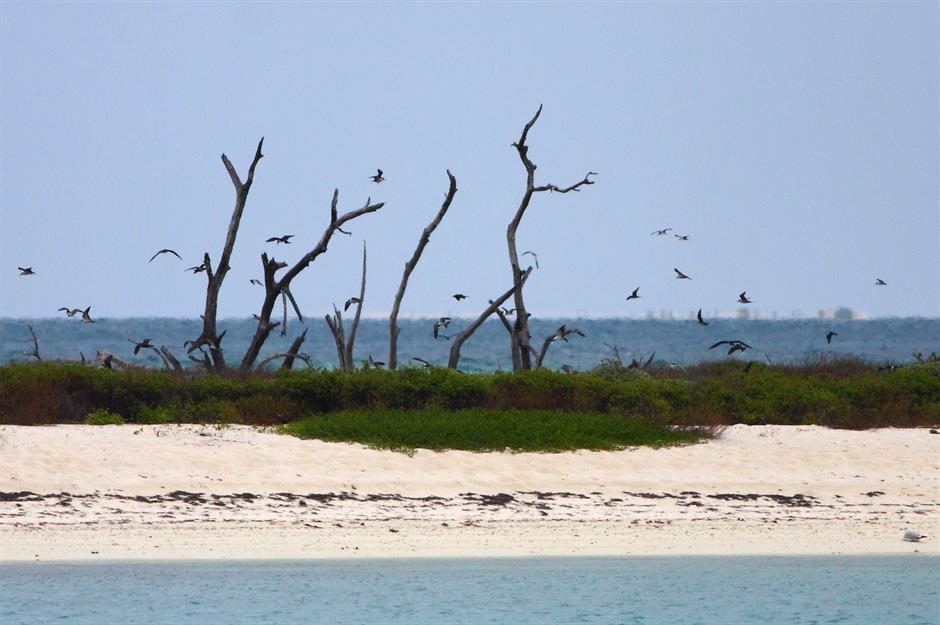
The rising waters could also destroy nesting grounds for already endangered sea turtles and seabirds, some of which don't breed elsewhere in the US. The park’s coral reefs are also at risk from warming seas and pollution, while stony coral tissue loss disease – a water-borne infection that can eat away entire reefs – was found on the park's corals for the first time in 2021. Climate change is also causing more frequent storms and hurricanes in the area, doing further damage to the park's waning natural beauty.
Mesa Verde National Park, Colorado
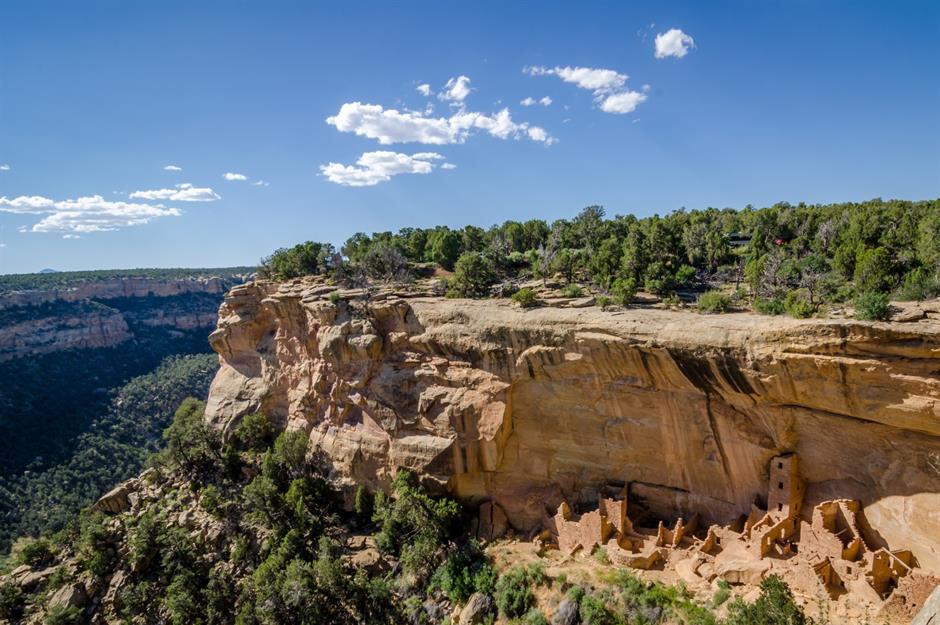
According to park officials, 70% of Mesa Verde National Park has already been affected by events and conditions directly linked to climate change. Wildfires account for a large proportion of that, as the park’s soil is becoming drier by the year. The fires have wiped out nearly 28,800 acres of the park – more than half its total area. Instead of verdant piñon-juniper forests, visitors will now often see hillsides covered in invasive vegetation species.
Mesa Verde National Park, Colorado
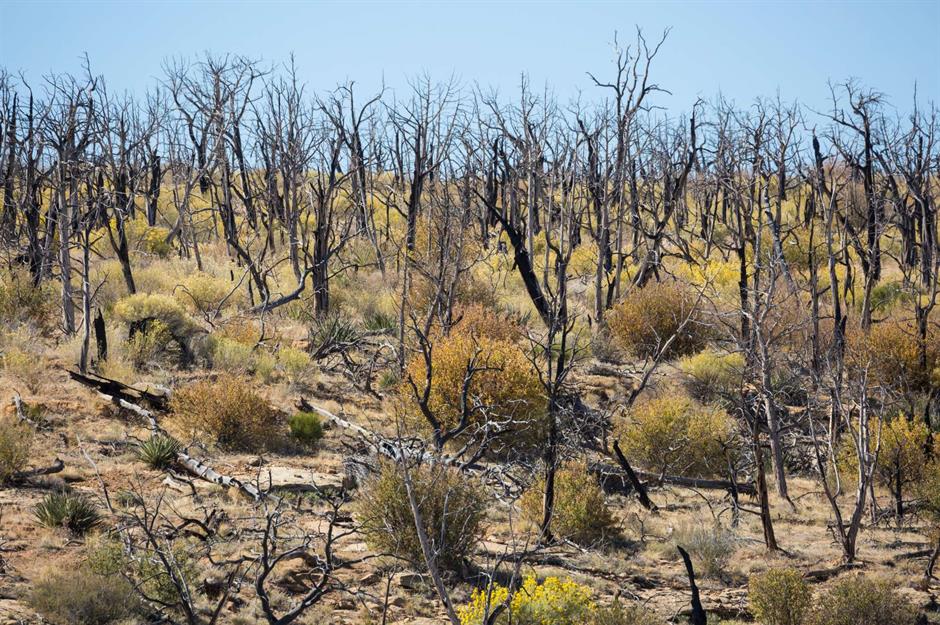
The park's plants and animals are accustomed to wet habitats, so the recurring droughts are putting wildlife at serious risk. Two species of squirrels, the red squirrel and Abert’s squirrel, have already left the park and so has the Juniper titmouse, which typically makes piñon-juniper woodland its home. With more frequent wildfires, officials are worried even more animals might disappear.
Now learn about the world’s landmarks under threat from climate change
Comments
Be the first to comment
Do you want to comment on this article? You need to be signed in for this feature